Which Vegetables Need the Most Water to Produce? (2025 Guide)
-

- Last updated:
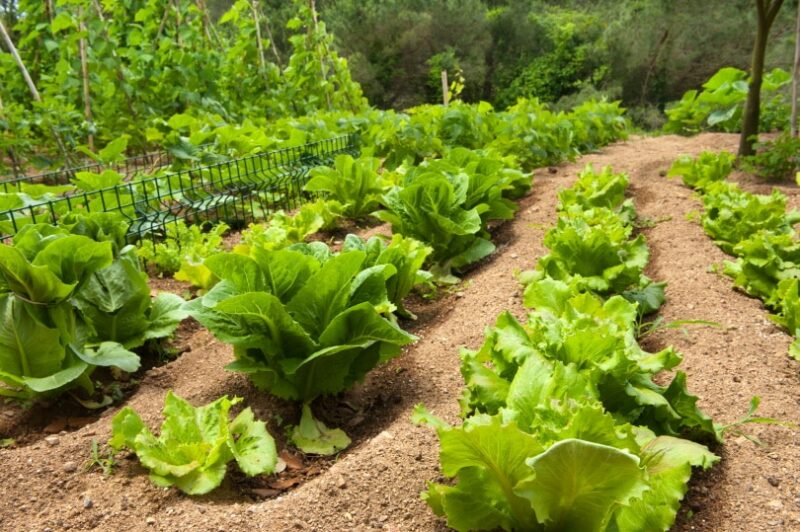
Water conservation is taking on new meaning as communities adjust to increasing drought conditions and the effects of climate change. There are plenty of opportunities in the garden to change your personal water consumption.
You can start with the veggies you plant. Depending on how the vegetables grow and their root depth, some may need as little as a half inch of water a week, while others may need up to two inches.
Plant type and growing conditions entail countless variables that define the watering needs of your vegetable garden. Start planning for your garden’s water needs with this breakdown of which vegetables need the most water to produce.
How Much Water Do Vegetables Need?
Every plant is unique, but veggies live by many general rules that make them easier to grow. In most cases, supplying slightly acidic and well-drained soil, full sun, and about an inch of water every week will keep all of your garden veggies healthy.
To achieve the absolute best yields, you should try to cater to the plant’s specific needs. Vegetables have different points of development when their watering needs change, and you could end up stressing and damaging your crop by failing to consider them.
Fruiting vegetables like tomatoes and zucchini need more water during flowering and fruiting. Pole beans, peas, and other legumes also demand additional water while flowering. Meanwhile, root vegetables and leafy vegetables, such as lettuce and kale, need regular watering throughout their development.
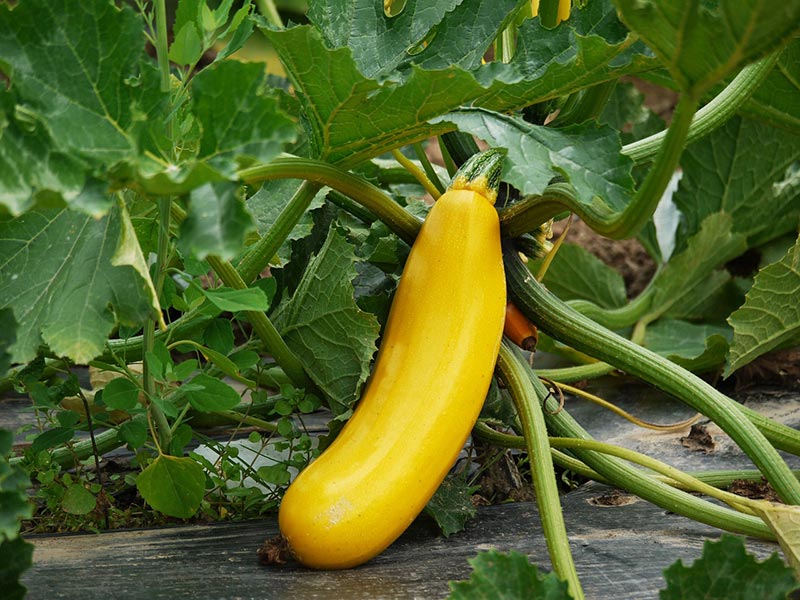
Root Depth
Root depth is a critical factor in gauging your plant’s water demands. Shallow-rooted vegetables have limited soil from which they can draw moisture, so they are less drought-tolerant and require more frequent watering. Popular vegetables with shallow root systems include:
Deeper-rooted vegetables like tomatoes, parsnips, and pumpkins can endure extended periods between waterings as they can tap into moisture lower in the soil.

Vegetables with High Water Needs
| Weekly Water Needs (in inches) | Critical Watering Times | |
| Beans | 2” | Flower and pod development |
| Broccoli | 1–2” | Consistent |
| Cabbage | 1–2” | Consistent |
| Carrots | 1” | Root formation |
| Celery | 1–2” | Consistent |
| Corn | 1–2” | Tassel and kernel development |
| Peppers | 2” | Fruit formation |
| Tomatoes | 1–2” | Flower and fruit formation |
Growing Conditions
Water needs for any vegetable are relative to the growing conditions. For instance, vegetables in warmer areas typically require more frequent water due to evaporation loss, and plants in drier regions will need irrigation.
Assessing the soil quality is crucial to determining your watering and fertilizing schedule. A soil test will detail your soil’s nutrient levels and tell you how to amend it. Regarding watering, your soil’s consistency will determine how well it will retain moisture. Sandy soils will not hold water well and will need frequent water replenishment. Meanwhile, clay soils trap moisture, letting them feed roots for extended periods.
Unfortunately, clay soil isn’t ideal for every vegetable. Shallow-rooted vegetables, such as lettuce and broccoli, can benefit from clay’s moisture retention and firm hold, but root vegetables like carrots won’t have the freedom to form in dense soil.
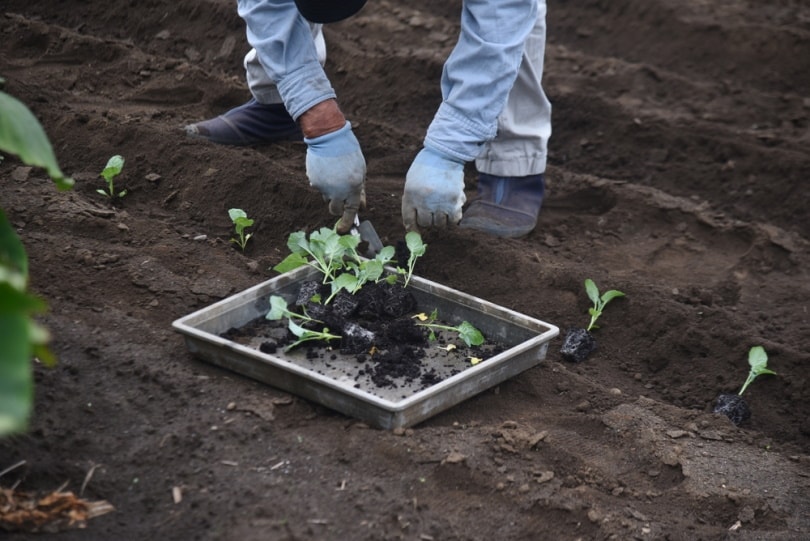
Tips to Decrease Water Use for Vegetables
According to the USDA, healthy soil is a crucial aid in decreasing your water needs no matter what kind of vegetable you are growing. Organic matter and beneficial organisms, including earthworms and bacteria, provide better soil structure, allowing water to move more freely and increase moisture uptake in roots. There will be less runoff, and plants will more efficiently take in nutrients.
Adding compost to the soil is an excellent way to increase moisture retention, particularly in fast-draining, coarse-textured soils like sand. Use about ¼ inch of compost to amend the soil at the start of the growing season. The addition will slow evaporation and reduce crusting while feeding the micro-organisms in the ground, creating healthy, porous aggregates that distribute water evenly. Other ways to improve soil health include:
- Reducing tillage
- Growing cover crops between gardening seasons
- Extending crop rotations with a diverse vegetable selection
After improving the health of your soil, you still have ways to further increase water conservation without sacrificing the quality of your vegetables. Most of it comes down to your watering techniques. Follow these tips to get the most out of your watering habits.
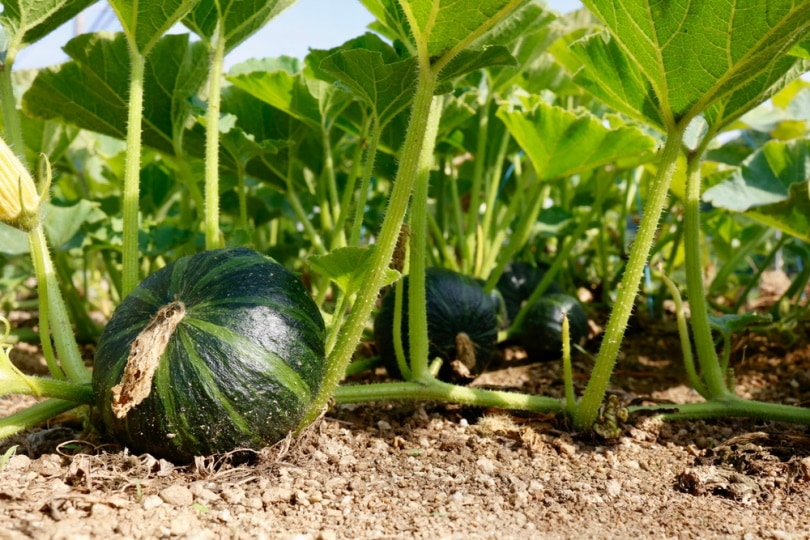
Water Early in the Day
Water your vegetables early in the day while there’s still dew on the leaves. With the sun still low, the water can soak in deeper without the risk of drying up prematurely.
Watering in the afternoon can encourage rapid evaporation under the beating sun, and water will only touch the upper soil layer. If you water your plants at night, it won’t evaporate as quickly, but you risk letting diseases or pests (especially slugs) take hold, as water will linger longer on leaves and give fungus and bacteria time to establish.
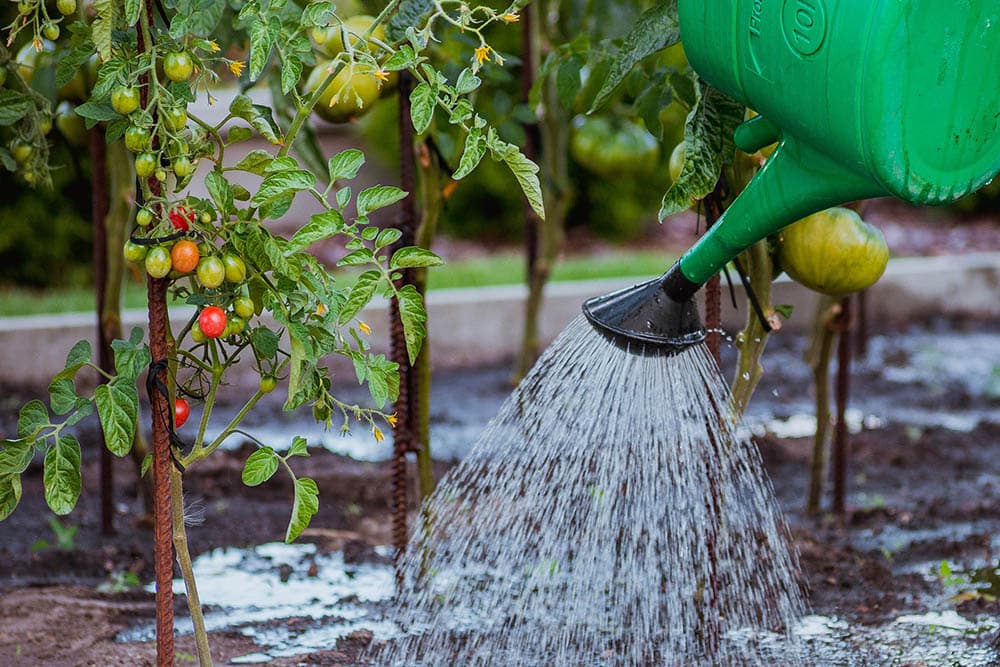
Water Deeply at the Plant’s Base
Drip irrigation is the best watering method if you want to conserve water and improve the health of your plants. A drip system applies water at the roots and provides a mechanism for conveniently measuring the amount of water going to your vegetables. If you don’t have a drip system, you must at least minimize the amount of water hitting your plant’s leaves. It wastes water and can contribute to foliar disease.
No matter your watering method, always try to water your plants deeply. The definition of “deep” will vary depending on the plant, but you generally want to shoot for about a 6-inch depth. The time of day and soil quality will help determine the moisture penetration. Much of it also comes down to ensuring you soak the soil thoroughly with each watering session.
By soaking the soil, plant roots will grow deeper into the ground. They’ll be able to absorb deeper water reserves more efficiently and overcome stressful conditions with more success.
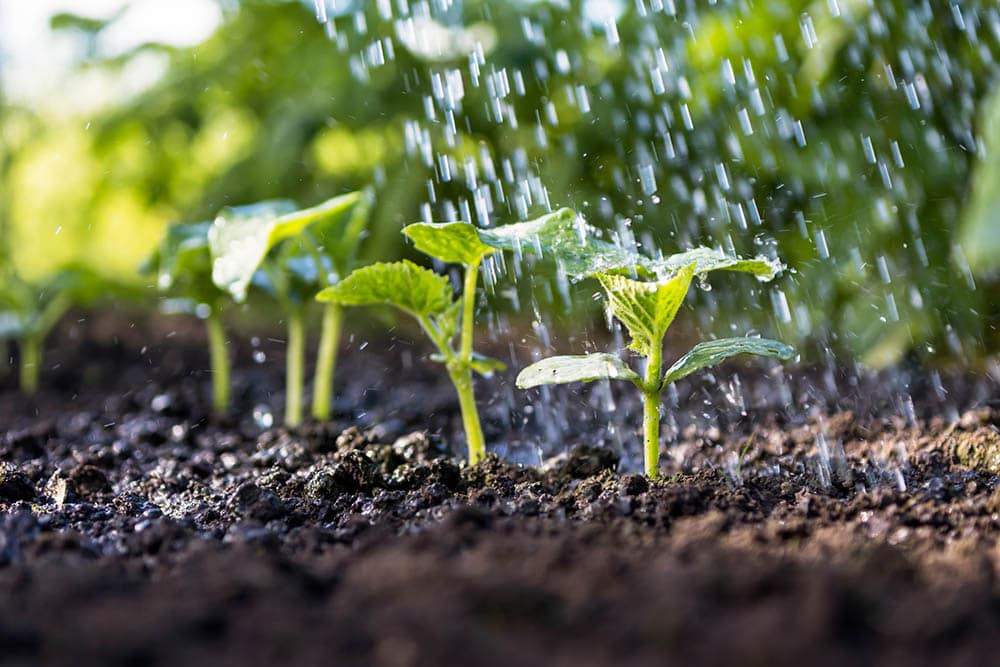
Add Mulch
Mulch is an ideal aid for reducing the water needs of nearly any plant. A mulch layer 2–3 inches thick will supply nutrients, keep the soil cool and slow evaporation, and prevent weeds, ensuring your plants benefit from all the water that flows through the soil.

Use a Water Gauge
Estimating the water addition of a rain event can be tricky, and you don’t want to overwater your crops and risk drowning the roots. The simplest way of finding how much help you received from Mother Nature is by using a water gauge. The small measuring device sits in your garden alongside your veggies, filling with water when it rains to indicate how much water your plants need.
•You might also like: 10 COMPANION PLANTS FOR GROWING CORN (WITH PICTURES)
 Final Thoughts
Final Thoughts
Some vegetables, like corn and broccoli, need more water than other plants, but those demands shouldn’t stop you from planting your favorite vegetables. Reducing your water requirements has less to do with the type of vegetable and more with the conditions. While you can’t affect the rain or sun, you have plenty of control over planning your crops and working with your soil to maximize water conservation in your garden.
Featured Image Credit: Ivonne Wierink, Shutterstock
Contents

